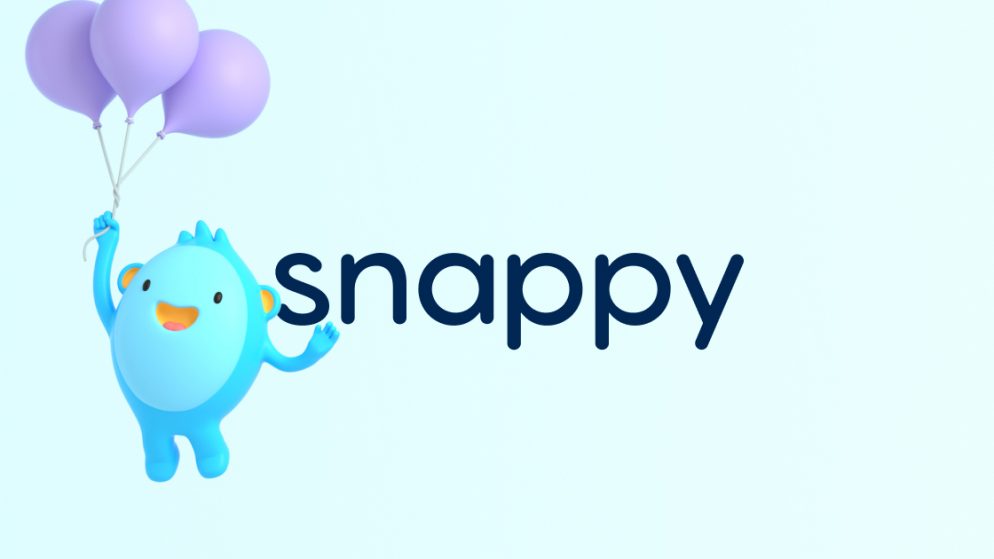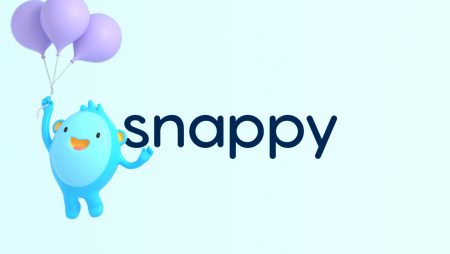

Table of Contents
About Snappy
Snappy is a compression and decompression library developed by Google. It is designed to be fast and efficient while maintaining high compression ratios. Snappy is an open-source project and is available under the Apache License 2.0.
Snappy is optimized for speed and is particularly well-suited for use cases where low latency is critical, such as in distributed computing systems, databases, and web services. It can compress and decompress data at a rate of several hundred megabytes per second on modern hardware.
Snappy is designed to work with a wide range of data types, including text, integers, and binary data. It uses a block-based compression algorithm that divides the input data into smaller blocks and compresses each block independently. This approach allows for parallel processing of the input data, which can further improve performance.
Overall, Snappy is a reliable and fast compression library that can be used in a wide range of applications. Its speed and efficiency make it a popular choice for use cases where low latency is critical, and its open-source nature ensures that it is accessible to a wide range of developers and organizations.
Who shouldn’t buy Snappy
Snappy is a compression and decompression library that is primarily intended for use by software developers who need to compress and decompress data in their applications. As such, individuals who are not involved in software development are unlikely to need or benefit from purchasing Snappy.
Additionally, Snappy is an open-source project and is available for free under the Apache License 2.0, so there is no need to buy Snappy in the traditional sense. Developers can download and use Snappy in their applications without incurring any licensing fees or other costs.
That being said, there may be some cases where Snappy is not the best choice for a particular application. For example, if an application requires very high compression ratios, then a different compression library or algorithm may be more appropriate. Similarly, if an application does not require low latency, then the speed benefits of Snappy may not be as important.
In general, whether or not to use Snappy will depend on the specific requirements and constraints of the application in question. Developers should evaluate the performance, scalability, and other characteristics of Snappy and other compression libraries to determine which one is the best fit for their needs.
Key Features
Here are some key features of Snappy:
- High compression and decompression speed: Snappy is optimized for speed and can compress and decompress data at a rate of several hundred megabytes per second on modern hardware.
- Low CPU usage: Snappy’s compression and decompression algorithms are designed to use minimal CPU resources, making it ideal for use in high-performance systems and distributed computing environments.
- Low memory footprint: Snappy’s block-based compression algorithm allows it to compress and decompress data using a small amount of memory, which is important for systems with limited memory resources.
- Wide range of data types: Snappy can compress and decompress a wide range of data types, including text, integers, and binary data.
- Cross-platform compatibility: Snappy is written in C++ and is designed to be platform-independent, making it compatible with a wide range of operating systems and programming languages.
- Open-source and free: Snappy is an open-source project released under the Apache License 2.0, which means that it is free to use, modify, and distribute.
- High compression ratio: While Snappy is optimized for speed, it still achieves relatively high compression ratios, making it a good choice for applications where both speed and compression efficiency are important.
Overall, Snappy is a fast, efficient, and versatile compression and decompression library that offers a number of key features that make it well-suited for a wide range of applications.
Key Integrations
Snappy can be integrated into a variety of software applications and systems, including:
- Distributed computing systems: Snappy is commonly used in distributed computing systems such as Hadoop, where it is used to compress data before it is transmitted across the network.
- Databases: Snappy is also used in databases such as Apache Cassandra, where it is used to compress data stored on disk and in memory.
- Web servers: Snappy can be integrated into web servers such as Apache and Nginx to compress HTTP responses, reducing the amount of data that needs to be transmitted over the network.
- Cloud storage services: Snappy is used by cloud storage services such as Google Cloud Storage and Amazon S3 to compress data stored in the cloud.
- Messaging systems: Snappy can be integrated into messaging systems such as Apache Kafka to compress messages before they are transmitted across the network.
- IoT devices: Snappy can be used in IoT devices to compress sensor data before it is transmitted to the cloud or other devices, reducing the amount of bandwidth and storage required.
Overall, Snappy’s compatibility with a wide range of applications and systems makes it a popular choice for developers looking to incorporate fast and efficient compression and decompression capabilities into their software.
Snappy Pricing
Snappy is an open-source project and is available for free under the Apache License 2.0. There are no licensing fees or other costs associated with using Snappy.
However, it’s worth noting that while Snappy itself is free, there may be costs associated with integrating it into a particular software application or system. For example, developers may need to invest time and resources in testing and optimizing Snappy for their specific use case, which could result in additional costs.
Additionally, while Snappy is a fast and efficient compression library, it may not always be the best choice for a particular application. Developers should evaluate the performance, scalability, and other characteristics of Snappy and other compression libraries to determine which one is the best fit for their needs.
Overall, while Snappy itself is free, there may be associated costs with integrating it into a particular application or system, and developers should carefully evaluate their options to ensure that they are choosing the best compression library for their specific use case.
Snappy Alternatives
There are several alternatives to Snappy that developers may consider depending on their specific needs and requirements. Here are a few examples:
- Gzip: Gzip is a widely-used compression program that is commonly used to compress files on Unix-based systems. It uses the DEFLATE algorithm and is generally slower than Snappy, but can achieve higher compression ratios.
- Zstandard: Zstandard is a modern compression library that is designed to be fast and efficient while maintaining high compression ratios. It supports a wide range of data types and has been integrated into a variety of systems, including databases and cloud storage services.
- LZ4: LZ4 is a fast compression library that is designed to be very lightweight and to use minimal CPU and memory resources. It achieves relatively high compression ratios and is well-suited for use in high-performance systems.
- Brotli: Brotli is a newer compression algorithm developed by Google that is designed to achieve high compression ratios while maintaining fast decompression speeds. It has been integrated into web browsers and web servers to improve the performance of HTTP compression.
- LZO: LZO is a fast compression library that is designed to be very lightweight and to use minimal CPU and memory resources. It is commonly used in embedded systems and other resource-constrained environments.
Overall, developers should evaluate the performance, scalability, and other characteristics of these and other compression libraries to determine which one is the best fit for their needs.
FAQ
What is Snappy?
Snappy is a compression and decompression library developed by Google that is designed to be fast and efficient while maintaining high compression ratios. It is particularly well-suited for use cases where low latency is critical, such as in distributed computing systems, databases, and web services.
What programming languages is Snappy compatible with?
Snappy is written in C++, but it has bindings for a variety of other programming languages, including Java, Python, Ruby, and Go, among others.
Is Snappy free?
Yes, Snappy is an open-source project and is available for free under the Apache License 2.0.
How does Snappy achieve such fast compression and decompression speeds?
Snappy uses a block-based compression algorithm that divides the input data into smaller blocks and compresses each block independently. This approach allows for parallel processing of the input data, which can improve performance.
What are some alternatives to Snappy?
Some alternatives to Snappy include Gzip, Zstandard, LZ4, Brotli, and LZO, among others.
Is Snappy suitable for all applications?
While Snappy is a fast and efficient compression library, it may not always be the best choice for a particular application. Developers should evaluate the performance, scalability, and other characteristics of Snappy and other compression libraries to determine which one is the best fit for their needs.
What are some use cases for Snappy?
Snappy is commonly used in distributed computing systems, databases, web servers, cloud storage services, messaging systems, and IoT devices, among other applications where fast and efficient compression and decompression is critical.



